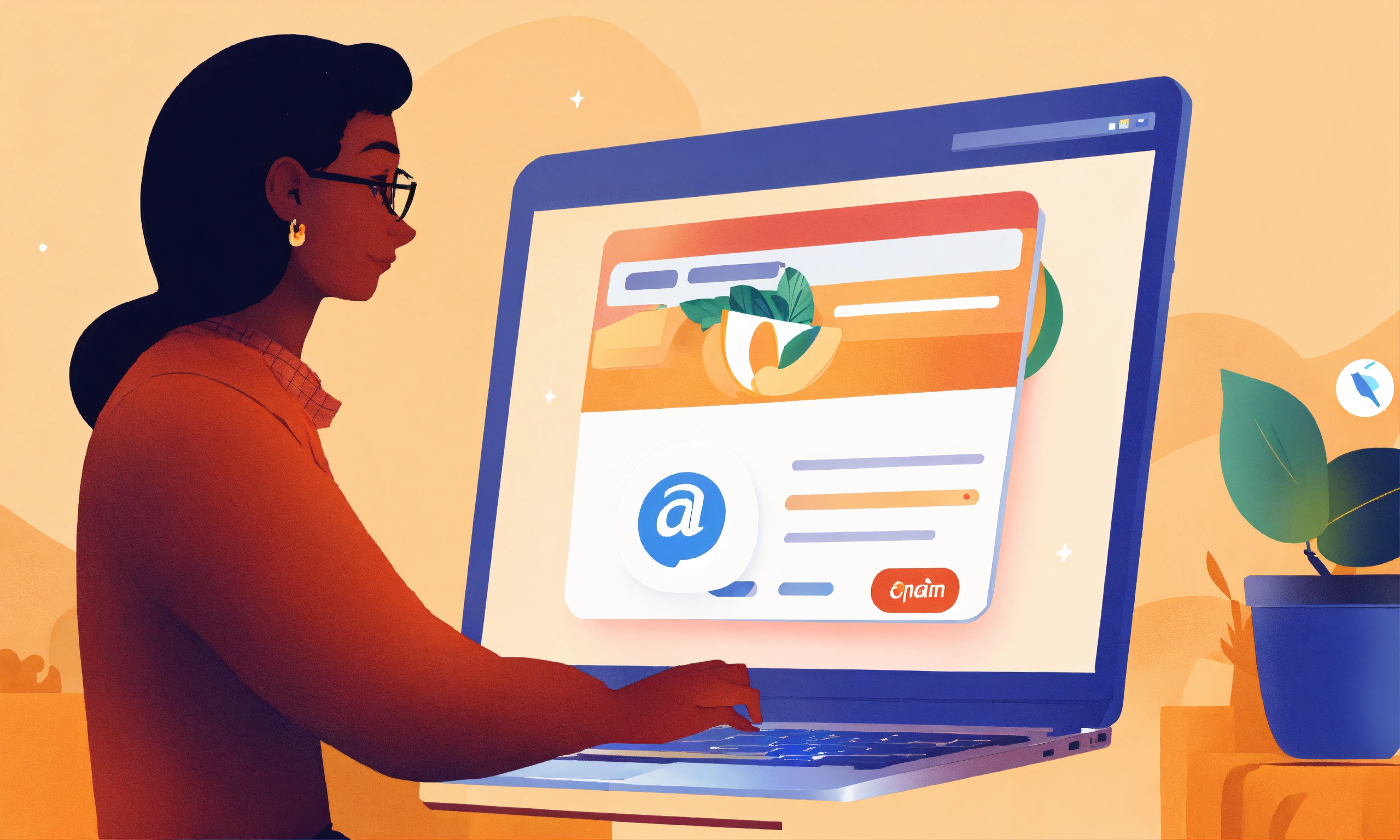How to Seamlessly Integrate HTML to PDF Conversion into Any Frontend Experience
Your app is dynamic. Your data is live. And your users expect to download beautiful, professional documents — instantly.
Whether you’re building a dashboard, CRM, e-commerce store, or mobile learning platform, integrating HTML to PDF generation directly into the UI is one of the most powerful UX features you can offer.
In this guide, we’ll show you how to embed PDF generation into your web and mobile apps using the PDFGate API — without bloating your frontend, compromising security, or slowing things down.
🧾 Why PDF Generation Belongs in the App
| Feature | Benefit to Your Users |
|---|---|
| 🖨️ Download invoices, receipts | Keep financial records for offline use |
| 📄 Export reports and summaries | Professional documentation for stakeholders |
| 🎓 Download certificates, results | Useful in EdTech and HR platforms |
| 📋 Form-to-PDF confirmation | Improves trust and traceability |
| 📱 Cross-device portability | Great for mobile-first apps |
PDFGate makes this possible with a fast, secure, API-first approach.
Client vs. Server: Where Should PDF Generation Happen?
❌ Avoid client-side PDF rendering tools (like jsPDF) for:
• Large documents
• Custom layouts
• Dynamic chart rendering
• Sensitive or secure data
They bloat your frontend and often lack print-perfect fidelity.
Use a backend-to-backend PDF API like PDFGate, and trigger it from your frontend.
Here’s how:
🧩 Web Apps: Trigger PDF Generation via Button Click (React/JS)
Let users download a document in real time, without page reloads.
Example Flow (React):
const generatePDF = async () => {
const response = await fetch('/api/generate-pdf', {
method: 'POST',
body: JSON.stringify({ userId: 123 }),
headers: { 'Content-Type': 'application/json' }
});
const blob = await response.blob();
const url = window.URL.createObjectURL(blob);
const a = document.createElement('a');
a.href = url;
a.download = 'report.pdf';
a.click();
};Your /api/generate-pdf endpoint on the backend (Node.js, Python, PHP) would call the PDFGate API using user-specific data.
📱 Mobile Apps: Integrating PDFGate in iOS & Android
Option 1: Use your backend
Trigger the PDF generation on your server (Node.js, Django, Laravel, etc.), then:
• Return a download link
• OR send the PDF via email
• OR display the PDF via a viewer (WebView, PDF.js, or system viewer)
Option 2: Call your backend from Flutter / React Native
Flutter Example:
final response = await http.post(
Uri.parse('https://yourapp.com/api/pdf'),
headers: { 'Content-Type': 'application/json' },
body: jsonEncode({ 'userId': 456 }),
);
if (response.statusCode == 200) {
final file = File('/storage/emulated/0/Download/report.pdf');
await file.writeAsBytes(response.bodyBytes);
}Let the backend handle secure PDF creation with PDFGate and return the result.
🔐 Security Tips for Embedding PDF Generation
| Tip | Why It Matters |
|---|---|
| Never expose your PDF API key in frontend | Prevent abuse or unauthorized access |
| Use session-authenticated API triggers | Ensure only valid users request documents |
| Sanitize input sent to the backend | Prevent HTML injection |
| Expire download links | Avoid link sharing or unintended reuse |
| Use audit logging | Track who generates and downloads files |
⚙️ Example Backend Endpoint (Node.js)
app.post('/api/generate-pdf', async (req, res) => {
const html = `<html><body><h1>Hello, User ${req.body.userId}</h1></body></html>`;
const response = await axios.post('https://api.pdfgate.com/v1/generate/pdf', {
html,
pageSizeType: "a4"
}, {
headers: {
'Authorization': 'Bearer YOUR_API_KEY',
'Content-Type': 'application/json'
},
responseType: 'arraybuffer'
});
res.setHeader('Content-Type', 'application/pdf');
res.send(response.data);
});This method keeps your API key secure and gives you total control over user authentication and template logic. Learn more about how to use PDFGate’s HTML to PDF API.
Real-World Examples
SaaS Dashboard
Adds a “Download Report” button in each analytics tab. Users get PDFs generated in real-time via PDFGate.
E-commerce Admin Panel
Staff can generate packing slips or invoices with one click, ready to print and insert in delivery boxes.
Online Learning App
Mobile app allows students to download completion certificates with dynamic user names, course titles, and branding.
Final Thoughts: Add PDF Power to Any Interface
Users love control — and nothing feels more empowering than hitting “Download PDF” and receiving a polished, formatted document that reflects their data, actions, or progress.
With PDFGate, embedding that functionality in your web or mobile app is fast, secure, and infinitely scalable.
• Works with any backend
• Mobile and browser-friendly
• Secure token-based requests
• No frontend PDF rendering required
👉 Start embedding PDF generation at PDFGate.com — and give your users the documents they deserve.
